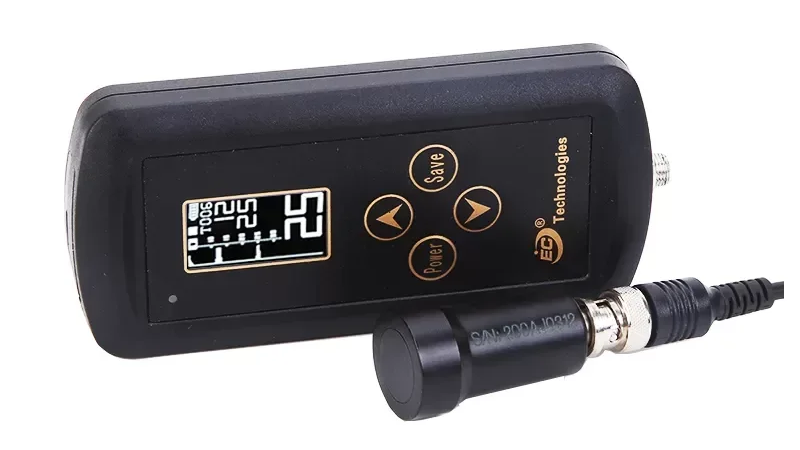Backfat thickness is a characteristic that is regularly evaluated.backfat thickness measurement following a positive pregnancy test is a crucial consideration when selecting how to group sows.Eaceni is a backfat thickness manufacturer.
On many sow farms, backfat thickness (BF) is a characteristic that is regularly evaluated, and tracking how it varies over the course of the production cycle can be regarded as a measure of the mobilization or replenishment of body stores. During the very least, backfat thickness is assessed at weaning/mating, following the pregnancy check, and upon entering the farrowing chamber.
It is well established that sows that wean lower weight litters or those who conclude lactation with either low or extremely high backfat thickness may experience reproductive issues.
On farms where it is impossible to feed sows individually for the remainder of the gestation, the backfat thickness measurement following a positive pregnancy test is a crucial consideration when selecting how to group sows.
It can impair farrowing and diminish feed intake as well as piglet growth during nursing if backfat thickness is excessive during late gestation. Additionally, because backfat thickness and sow lifespan are associated, it is crucial for primiparous sows in particular because gilts with a specified range of backfat thickness have more productive cycles. Despite the fact that this range may fluctuate and is undoubtedly impacted by sow genetics, someone argue that the optimal backfat thickness range for gilts would be between 16 and 20mm. However, backfat thickness during farrowing appears to be associated with the capacity for milk production and mammary growth, particularly in primiparous sows.
A study’s findings suggest that increased backfat thickness in late gestation in primiparous sows tends to enhance the weight gain of the litter because of higher milk production that may be connected to better mammary gland development and preparation. The authors advise keeping primiparous sows in a backfat thickness range between >15 and 26 at the end of gestation, despite the fact that the improvement in piglet weight gain is only modest (8.5%), fatter sows lose more backfat thickness for the same live weight, and the best correlation between the backfat thickness measurement and the parameters measured in the udder occurs with non-parenchymal tissue.
In reality, maximizing a sow’s capacity to go into heat after weaning is necessary to achieve optimal yield. The more milk produced, the larger the litter will grow, the more ovarian activity will be suppressed during breastfeeding, the better the ovulation will be, and the sooner the animals will go into heat following weaning. The simpler it is to get a favorable mating and the more piglets are produced in the subsequent litter, the greater the ovulation and estrous. According to this argument, increasing milk production is the key to obtaining good production levels.
Backfat Thickness Detector
Feature of Portable Backfat Thickness Detector
- OLED large screen, rich interface.
- Precise position of data scale.
- Layering display backfat thickness.
- Data storage and transfer function.
- Backfat Thickness Detector
Eaceni is a handheld ultrasound machine manufacturer and backfat thickness detector supplier.We are committed to innovation in diagnostic ultrasound and medical imaging. Driven by innovation and inspired by customer demand and trust, Eaceni is now on its way to becoming a competitive brand in healthcare, making healthcare accessible globally.
Post time: Feb-13-2023







